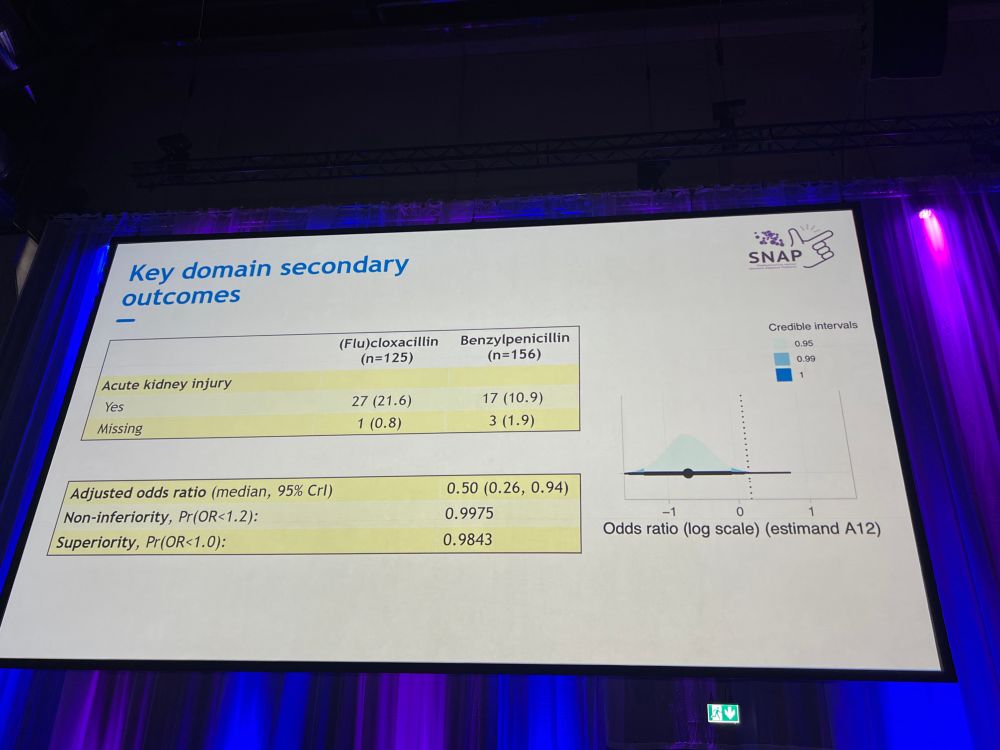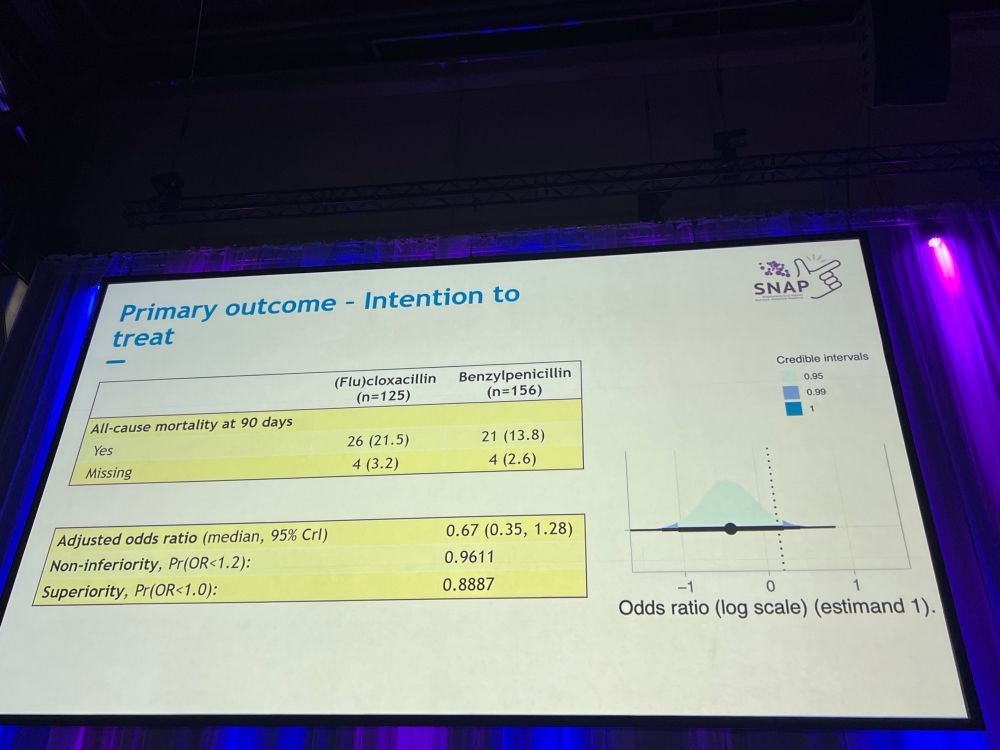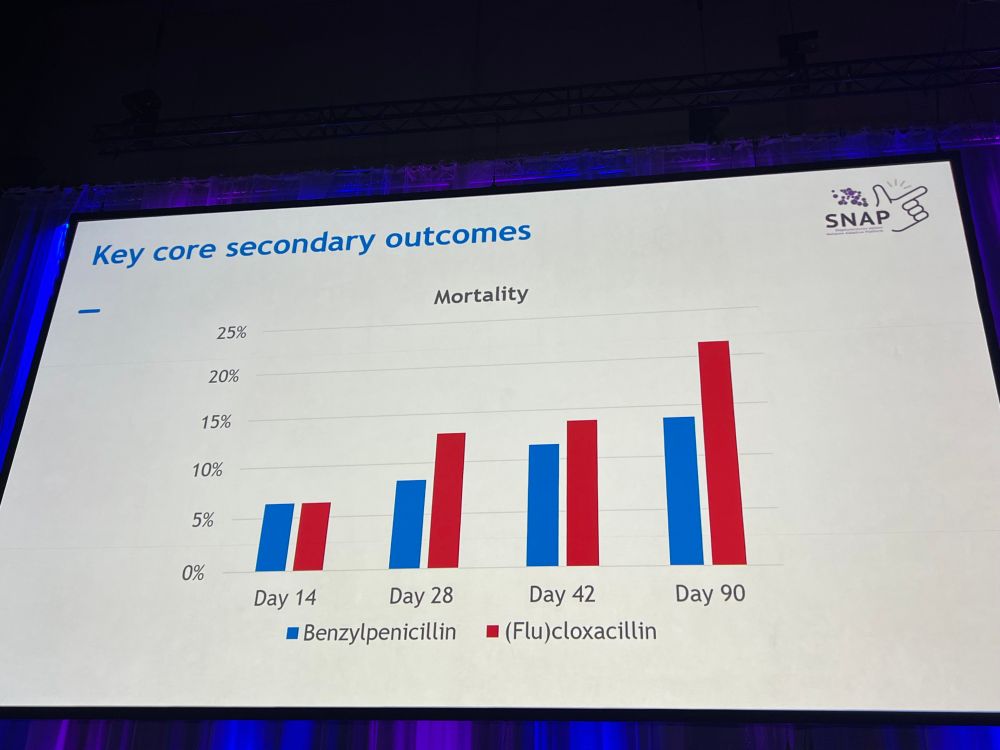Julian Ventres, PharmD BCPS
@juliambisome.bsky.social
2.3K followers
2.3K following
110 posts
Clinical pharmacist interested in infectious disease, antimicrobial resistance, and optimizing PK/PD targets
Also an avid birder and photographer
Posts
Media
Videos
Starter Packs
Reposted by Julian Ventres, PharmD BCPS
Reposted by Julian Ventres, PharmD BCPS
Contagion®
@contagionlive.bsky.social
· May 20

Ceftobiprole Launches Commercially in US
Innoviva Specialty Therapeutics’ antibiotic is the first and only FDA-approved cephalosporin indicated to treat Staphylococcus aureus bacteremia (SAB), including right-sided endocarditis, caused by th...
www.contagionlive.com
Reposted by Julian Ventres, PharmD BCPS
BITSCOPIC
@bitscopic.bsky.social
· May 5

Development and Validation of a Cephalosporin Allergy Clinical Decision Rule
Utilising the previously published and internationally validated tool PEN-FAST, we
validated the same criteria with minor modifications for low-risk cephalosporin allergies.
The results suggest that a...
www.journalofinfection.com
Reposted by Julian Ventres, PharmD BCPS







